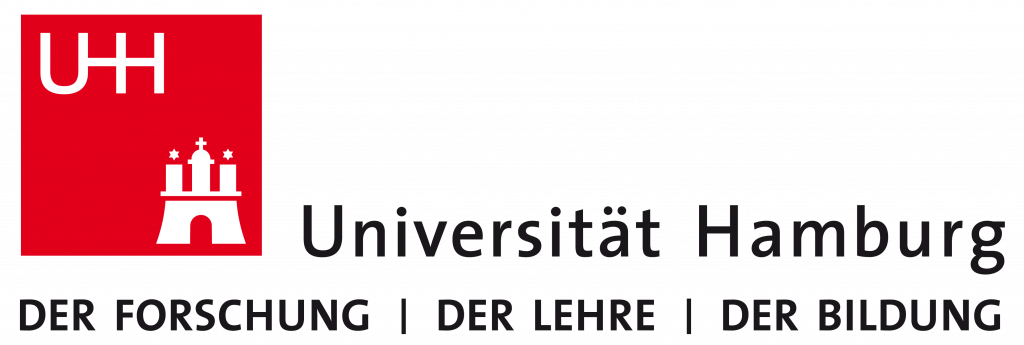Country
GermanyHost institution

As a University of Excellence, Universität Hamburg is one of the strongest research universities in Germany. The Department of Physics has been awarded two clusters of excellence as part of the Excellence Strategy and it is involved in three core research areas of the University, including nanostructure and solid state physics.
The Nanoscience group is headed by Prof. Roland Wiesendanger, and Dr. Kirsten von Bergmann is one of the Senior Scientists. The research group typically has about 30 members on the PostDoc or PhD student level. The core expertise is low temperature scanning probe microscopies in magnetic fields. In particular, spin-polarized scanning tunnelling microscopy is routinely done down to the atomic scale and standard surface science ultra-high vacuum equipment complements the laboratories for sample preparations.
Supervisor
Dr. Kirsten von Bergmann
Description
In many cases, magnetism and superconductivity are exclusive phenomena. However, at the interface between a magnetic material and a superconducting element their interplay can lead to intriguing novel phenomena. In particular the topological properties of magnetic textures and the superconductor are of interest, with skyrmions and Majorana modes as prominent candidates for future technological breakthroughs.
Model systems to study the interplay of magnetic skyrmions with superconductors are ultrathin films on superconducting single crystal surfaces [1]. In such sample systems different spin textures can be realized, including ferromagnets, spin spirals, and skyrmions [2-4]. Since magnetic fields are detrimental to the superconducting phase the focus will be on zero-field skyrmions such as lattices stabilized by higher-order spin interactions [5], metastable isolated skyrmions at low temperatures [6], or skyrmions stabilized by confinement.
The tasks include the ultra-high-vacuum growth and optimization of the samples. The magnetic and superconducting properties will be characterized using low-temperature spin-polarized scanning tunneling microscopy and spectroscopy.
[1] A. Kubetzka et al., Phys. Rev. Mat. 4, 081401(R) (2020).
[2] K. von Bergmann et al., J. Phys.: Condens. Matter 26, 394002 (2014).
[3] N. Romming et al., Science 341, 636 (2013).
[4] P.-J. Hsu et al., Nature Nanotechnol. 12, 123 (2017).
[5] S. Heinze et al., Nature Phys. 7, 713 (2011).
[6] S. Meyer et al., Nature Commun. 10, 3823 (2019).
Requirements
- Master’s degree in Physicsor a similar field
- Good verbal and written communication skills in English.
Although not compulsory, the following points will be considered:
- Previous knowledge of spintronics and superconductivity.
- Experience in the following techniques: scanning tunneling microscopy and spectroscopy, thin film growth, ultra-high vacuum, cryo-techniques.
- Self-motivation and willingness to perform independent research.
Planned Secondments
MLU (Halle, Germany), under the supervision of Ingrid Mertig.
Scienta Omicron (Taunusstein, Germany), under the supervision of Matthias A Fenner.
Registering University
UHAM (Hamburg, Germany).




